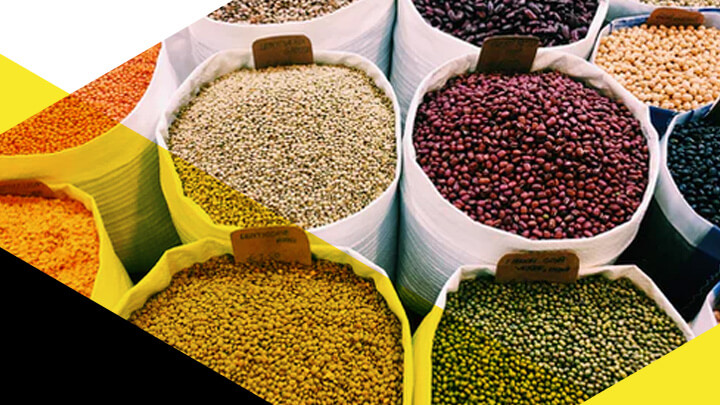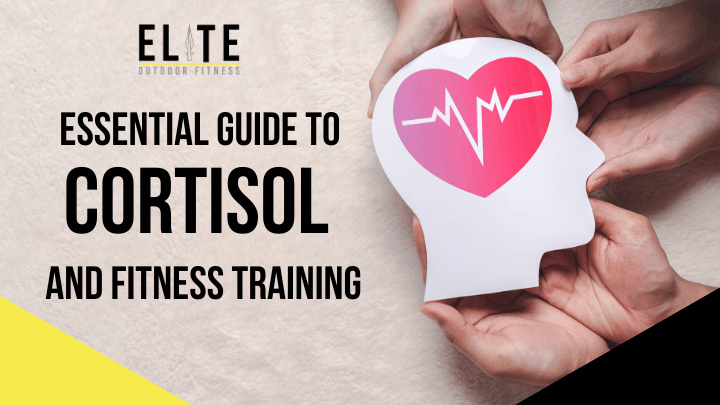Meatless Proteins and sports performance
In this article Nick takes a look a meatless sources of protein and how they can benefit your sports performance,

Overview
Pulses – Beans, peas and lentils are just one great source of non-meat protein, fibre, vitamins, minerals, phytochemicals and antioxidants and with a low-fat content. Pulses are gluten and dairy free and are free of the top 8 allergens that people suffer from.
It has been proven that eating pulses as part of a balanced diet can lower blood cholesterol, blood pressure, help with weight management and reduce risk of heart disease.
Pulses are a strong source of prebiotic fibre and so great for gut health and can bring about balance for everyone at a digestion and gut level and help gut and intestinal issues.
Pulses contain high quality complex carbohydrates; they digest slowly and help maintain sugar levels providing longer lasting energy and release of that energy for sports performance. This helps in reducing the risk of type 2 diabetes and other health issues.
They taste and feel meaty, they are a great alternative or addition to meat dishes such as Bolognese, pasta, rice and salad dishes. Being very versatile, cost effective and tasty it’s no wonder they have been a staple diet of humans for 100s of years.
There are plenty of other sources of meatless protein, but this is a great start and ticks more boxes than most.
Why eat Pulses?
Such a great source of protein, iron, fibre cholesterol free and low in fat, pulses will reduce the risk of heart disease. They will boost energy and help transport oxygen in your bloodstream helping fight diseases and conditions and facilitating in better sports recovery. Pulses will help in building stronger bones and providing dense bone structure in young adults which will help in later years. Pulses will help in brain function and can help improve mental health.
Weight loss
Pulses contain amino acids that boost your basal metabolic rate as well as soluble fibre that make you feel fuller for longer. This will help you burn fat while helping your appetite. Working in line with a balanced training program that also helps you increase basal metabolic rate will ensure you are working towards a good weight loss program.
Can I eat pulses every day?
Pulses can certainly be used as your daily go to, and you will find that your health improves with lowering cholesterol and blood pressure, it’s important to note however that although pulses are a great source of vitamins, minerals and phytochemicals and can go towards 1 of your 5 a day, they do not provide you with all the goodness that is recommended that you can get from fruit and vegetables. It is therefore recommended that you use it as part of your balanced diet.
Can I get enough protein in my diet from eating pulses?
You can get enough protein from pulses alone, but it’s certainly worth noting that both plant and animal proteins are similar and are both made up of the same 22 amino acids. However, the ratio of amino acids differs. This means that to gain complete protein intake you would need to a wider variety of pulse foods, whereas meat is more likely to contain all the essential amino acids.
It is easier to gain a good amino acid balance when eating meats, and yet with a meat free diet it’s important to understand what you are eating and how beneficial it is to have a good balanced diet to ensure you are eating a broader range of amino acids. Doing this will actually mean you are also benefiting from all the various phytochemicals that are offered from fruit and vegetables and a lot less fat, meaning you can add good fats with less bad fats to your diet in raw form. Win win.
Related Articles
If you've enjoyed this post why not try these related articles…



